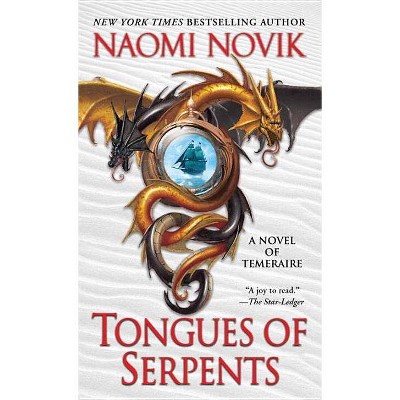Silas Marner - (Everyman's Library Classics) by George Eliot (Hardcover)

Similar Products
Products of same category from the store
AllProduct info
<p/><br></br><p><b> About the Book </b></p></br></br>Silas Marner, a simple, religious man, angrily retreats from his community and church when he is unjustly accused of theft. In an isolated cottage, Silas spends his days weaving cloth and his nights sifting through the piles of gold he obsessively accumulates. Then, one New Year's Eve, a little girl, Eppie, appears at his home, and his life is miraculously transformed. Eliot's timeless tale includes an Introduction by David Carroll.<p/><br></br><p><b> Book Synopsis </b></p></br></br><p>When Silas Marner is wrongly accused of crime and expelled from his community, he vows to turn his back upon the world. He moves to the village of Raveloe, where he remains an outsider and an object of suspicion until an extraordinary sequence of events, including the theft of his gold and the appearance of a tiny, golden-haired child in his cottage, transforms his life. Part beautifully realized rural portraiture and part fairy tale, the story of Marner's redemption and restoration to humanity has long been George Eliot's most beloved and widely read work. <p/>The isolated, misanthropic, miserly weaver Silas Marner is one of George Eliot's greatest creations, and his presence casts a strange, otherworldly glow over the moral dramas, both large and small, that take place in the pastoral landscape that surrounds him. <p/>Introduction by Rosemary Ashton</p><p/><br></br><p><b> Review Quotes </b></p></br></br><br>"More strikingly than in any other novel, George Eliot combines pastoral, symbolic, legendary elements with a rooted local setting and an evocation of ordinary lives and credible moral choices. It is a fine Shakespearian-Wordsworthian story of loss and restoration . . . <b>Silas Marner</b> is a compound of English life rendered with 'rich density of detail, ' as Henry James described it, and the imaginative patterning of romance and myth."<br>--from the Introduction by Rosemary Ashton <p/>"I think <b>Silas Marner</b> holds a higher place than any of the author's works. It is more nearly a masterpiece; it has more of that simple, rounded, consummate aspect. . .which marks a classical work."<br>--Henry James<br><p/><br></br><p><b> About the Author </b></p></br></br>Mary Ann Evans was born on November 22, 1819, at Chilvers Coton, Warwickshire, England, the last child of an estate agent. During her girlhood, she went through a phase of evangelical piety, but her strong interest in philosophy and her friendship with religious freethinkers led to a break with orthodox religion. When one of these friends married in 1843, Mary Ann took over from his wife the task of translating D.F. Strauss's <i>The Life of Jesus Critically Examined</i> (1846), a work that had deep effect on English rationalism. After her father's death she settled in London and from 1851 to 1854 she served as a writer and editor of the <i>Westminster Review</i>, the organ of the Radical party. In London she met she met George Henry Lewes, a journalist and advanced thinker. Lewes was separated from his wife, who had had two sons by another man, but had been unable to obtain a divorce. In a step daring for Victorian times, Mary Ann Evans began living openly with Lewes in 1854, in a union they both considered as sacred as a legal marriage and one that lasted until his death in 1878. <p/>With Lewes's encouragement, Mary Ann Evans wrote her first fictional work, "The Sad Fortunes of the Reverend Amos Barton," for <i>Blackwood's Magazine</i> in 1857; it was followed by two more stories published under the pseudonym George Elliot--"George" because it was Lewes's name and "Eliot" because, she said, it was good mouth-filling, easily pronounced word." At the age of thirty-nine she used her memories of Warwickshire to write her first long novel, <i>Adam Bede</i> (1859), a book that established her as the foremost woman novelist in her day. Then came <i>The Mill on the Floss </i>(1860), <b>Silas Marner</b> (1861), and <i>Romola</i> (1863). Her masterpiece and one of the greatest English novels, <b>Middlemarch</b>, was published in 1871-72. Her last work was <i>Daniel Deronda</i> (1876). After Lewes's death George Eliot married John Walter Cross. He was forty; she was sixty-one. Before her death on December 22, 1880, she had been recognized by her contemporaries as the greatest living writer of English fiction.
Price History
Cheapest price in the interval: 16.39 on October 22, 2021
Most expensive price in the interval: 16.39 on November 8, 2021
Price Archive shows prices from various stores, lets you see history and find the cheapest. There is no actual sale on the website. For all support, inquiry and suggestion messages communication@pricearchive.us




















